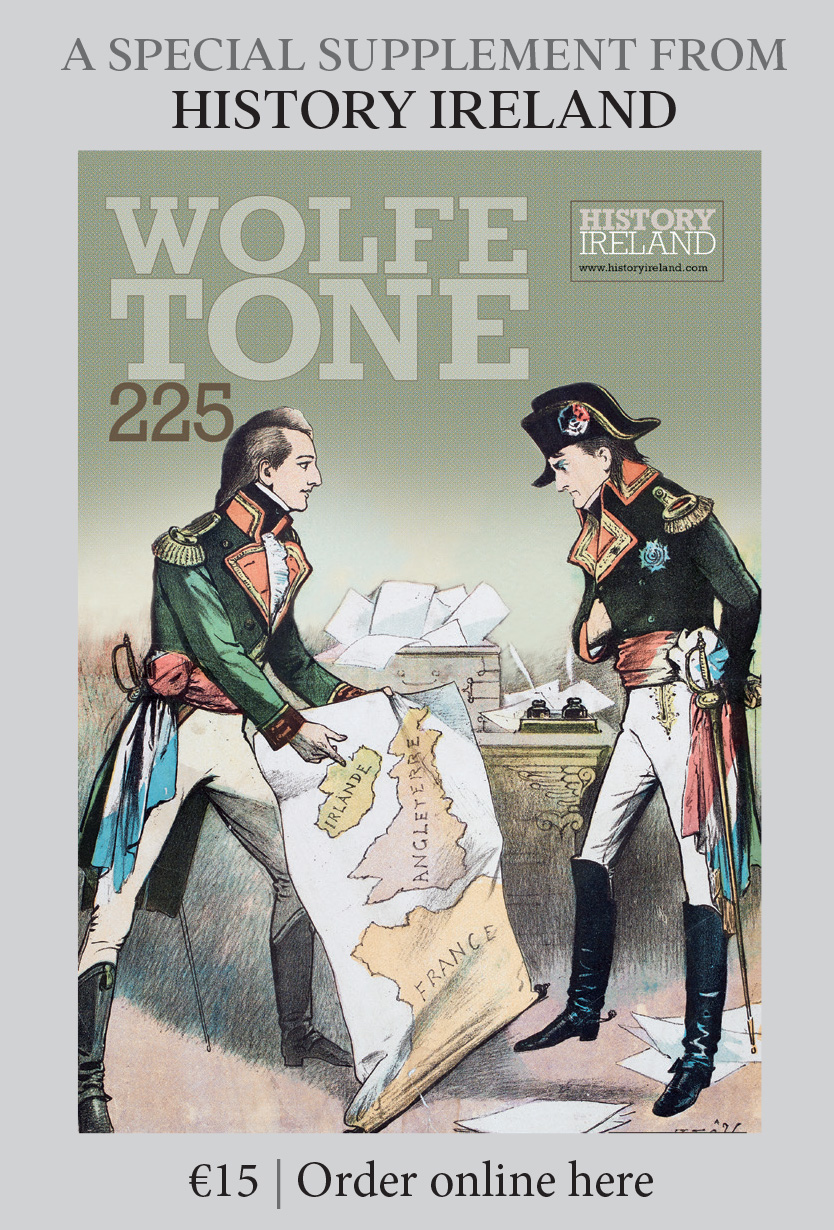September 07
Published in On this Day listing- 1940 The London Blitz began when the German Luftwaffe bombed the East End docklands, killing over 400 people.
- 1966 Hendrik Verwoerd, prime minister of South Africa and the architect of apartheid, was fatally stabbed by Dimitri Tsafendas during a parliamentary meeting.
- 1948 At a press conference in Ottawa, Taoiseach John A. Costello announced that he intended to repeal the External Relations Act (1936), taking Ireland out of the British Commonwealth.
- 1948 At a press conference in Ottawa, Canada, Taoiseach John A. Costello announced that his inter-party government intended to repeal the External Relations Act (1936) and declare a republic.
- 1910 James ‘Skin-the-Goat’ Fitzharris, a member of the Invincibles who was convicted as an accessory to the Phoenix Park Murders (1882), died at the South Dublin Union Infirmary.
- 1812 The Battle of Borodino, the largest and bloodiest single-day action of Napoleon’s disastrous Russian campaign, involving over 250,000 troops and resulting in at least 70,000 casualties.
'
















